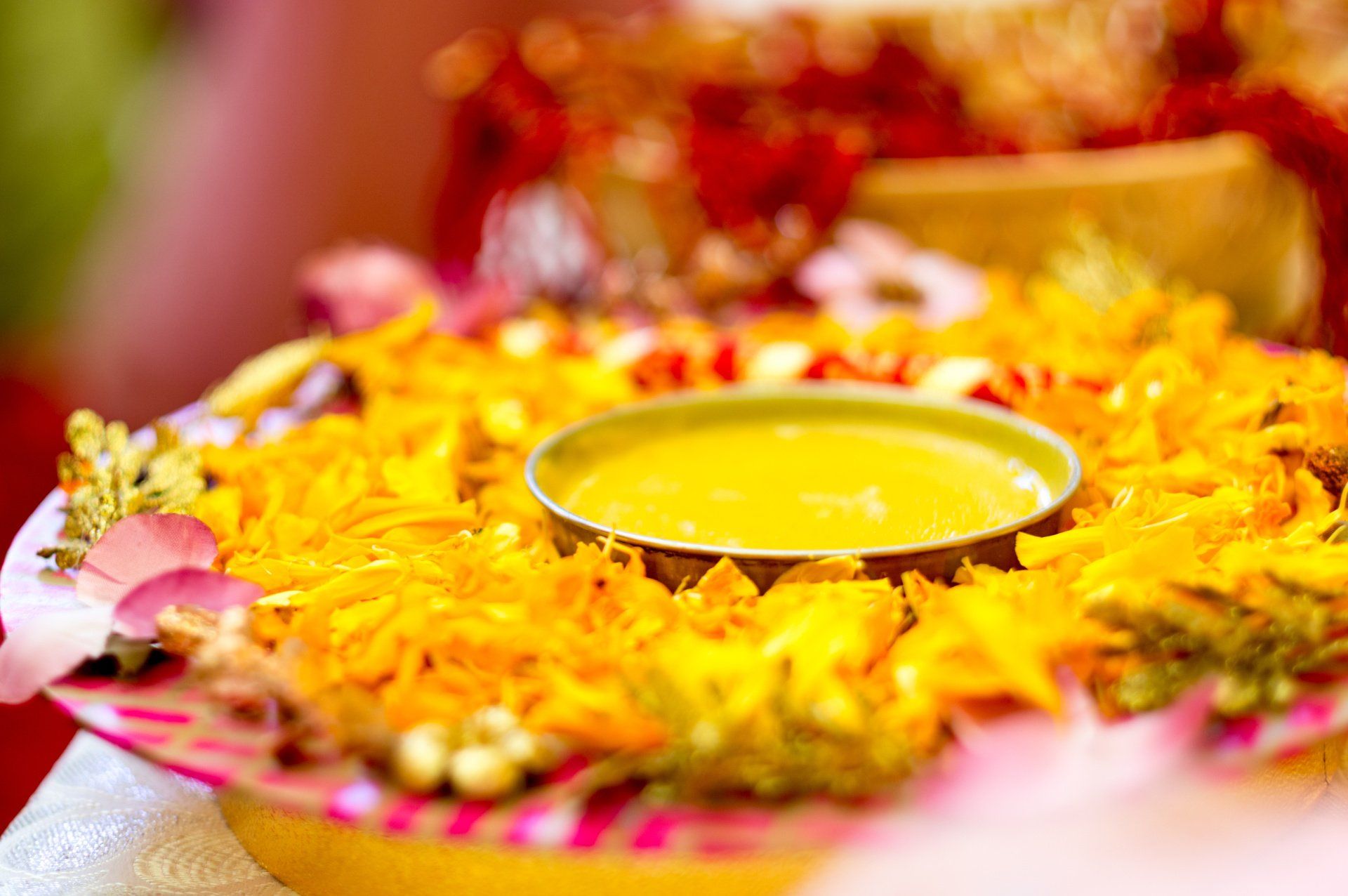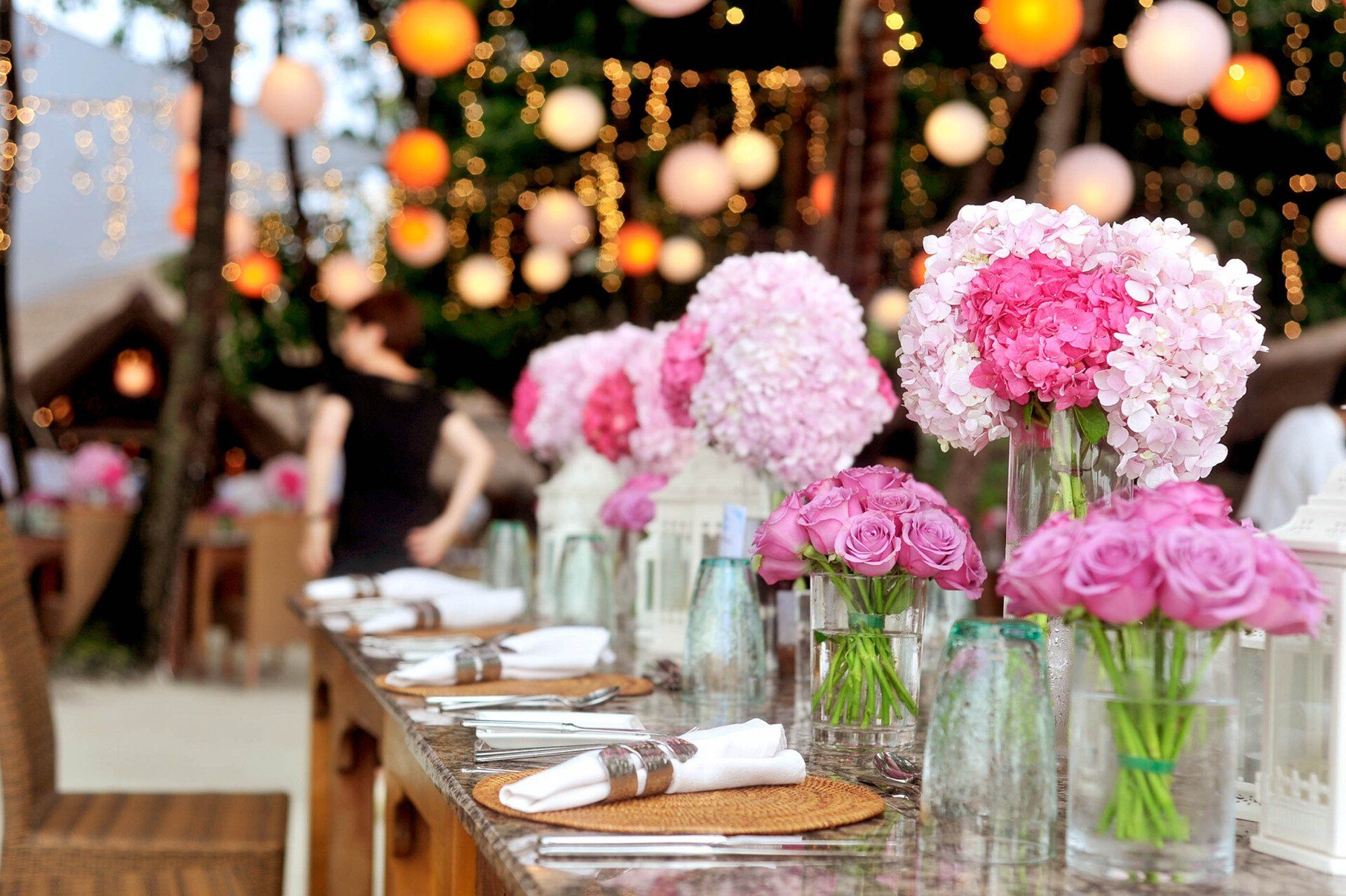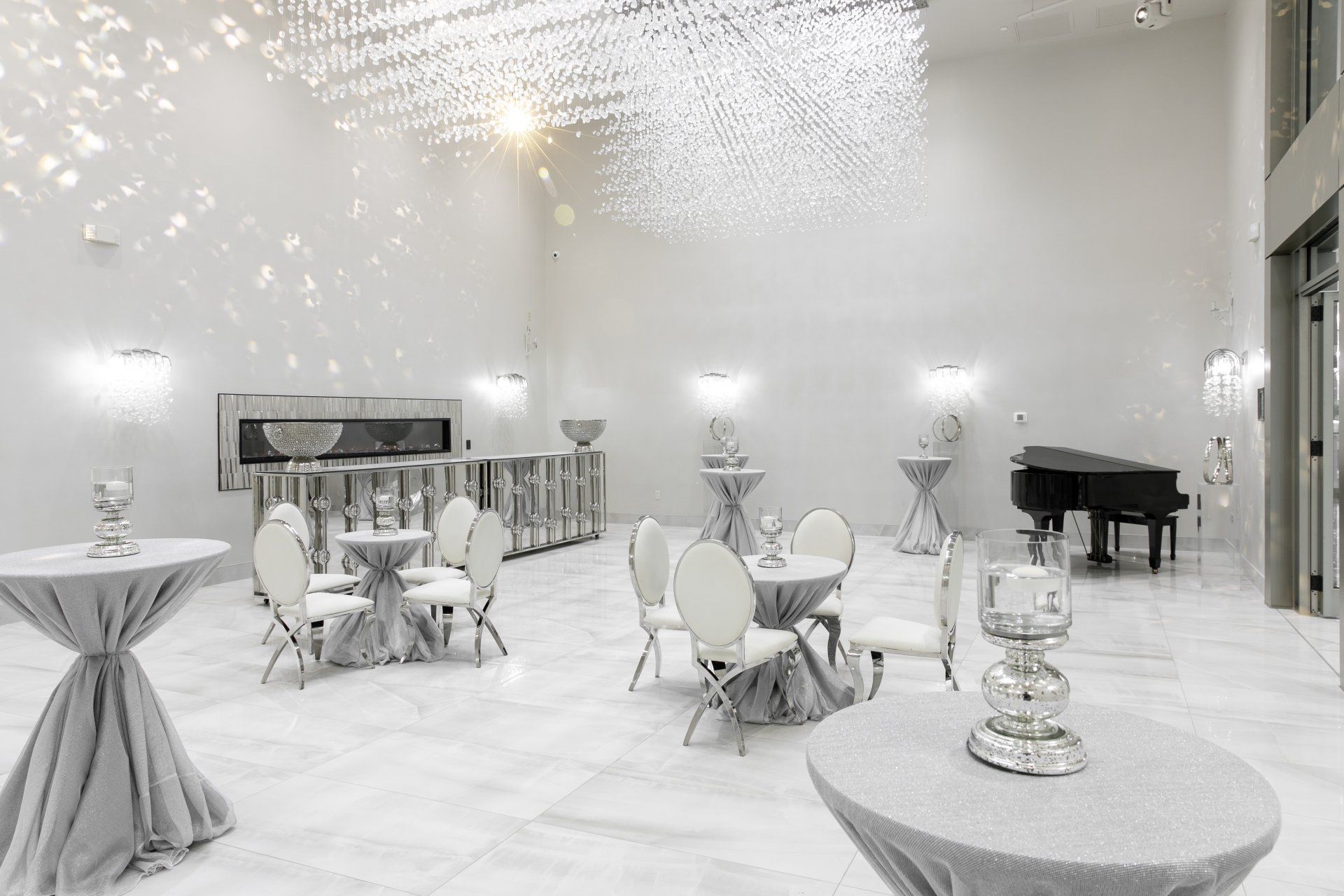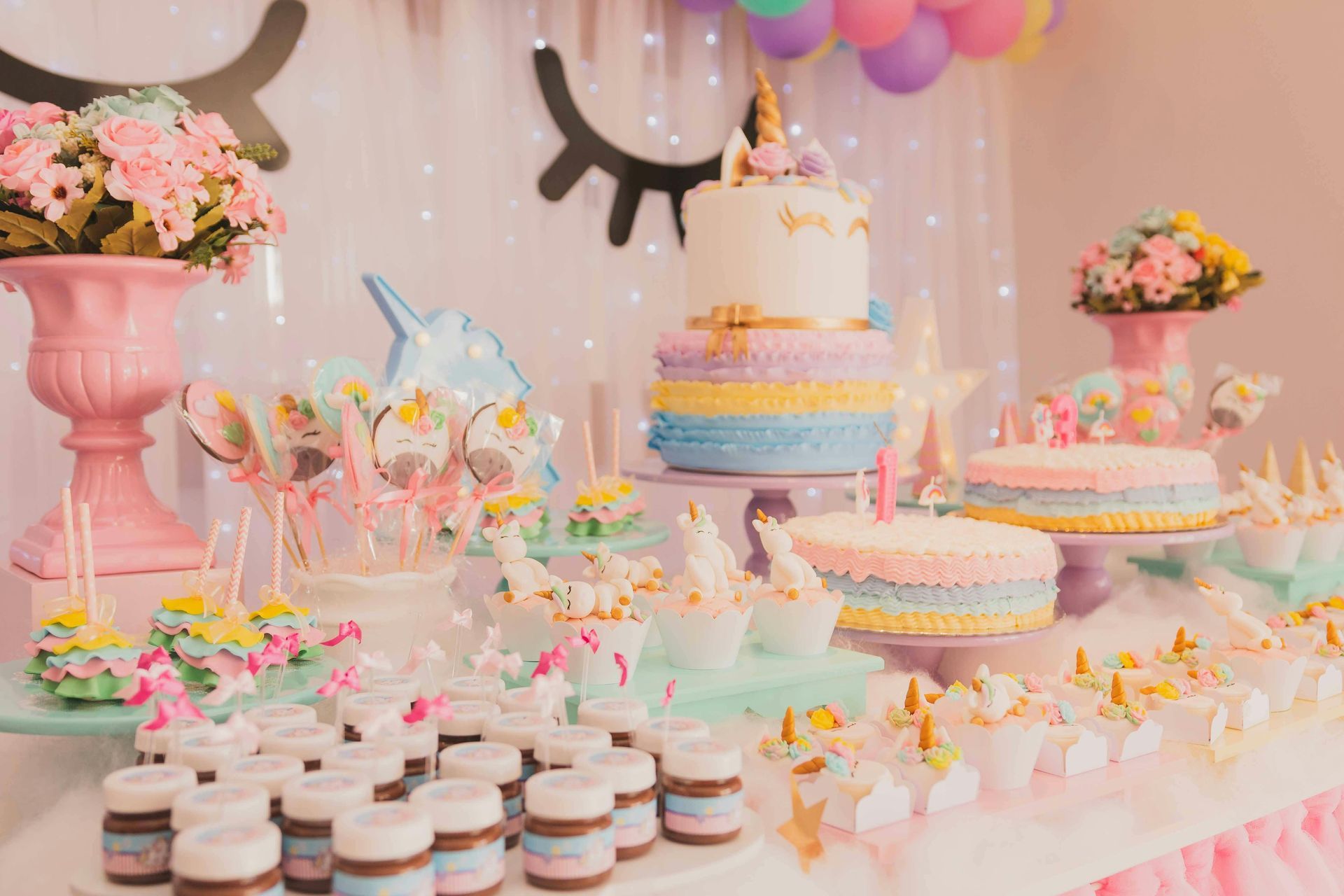
Inspired by bright colors and heritage, Hindu weddings are a celebration of marriage and tradition. Indian customs passed on for generations remain a guiding light for couples who are looking to integrate culture into their wedding. Modern couples might err on the side of “less is more” while others embrace every Hindu tradition.
There is no right or wrong way to integrate traditional wedding customs. It comes down to the decisions made by the couple and what they think is best for their special day.
Lagna Patrika and Wagdaan
Following the proposal, the couple has a formal engagement ceremony known as the lagna patrika, during which they exchange vows and announce their plans of marriage. During the engagement party, they may also take part in another ritual called wagdaan, where they exchange a ring as a symbol of promise in anticipation of their coming marriage. Usually, the groom’s family welcomes the bride’s family into their home, and both families are present to witness the couple’s commitment to each other as they solidify the engagement.
Haldi
A popular prewedding ritual is the Haldi ceremony — intended to bring the couple happiness, prosperity and peace through a ritual cleansing and purification. This lively event invites the bride and groom’s closest friends and relatives to apply a turmeric paste to the couple’s bodies (i.e., face, arms or legs). The haldi paste represents beauty, purity and fertility and is believed to ward off evil spirits to protect the bride and groom. It’s a colorful celebration (often in hues of yellow) that makes for some of the best photo opportunities — especially during the application of the turmeric paste.
Mehndi
Typically hosted by the bride’s parents, the mehndi ceremony takes place a couple of days before the wedding. What once was a tradition only for the bride and her loved ones is now an event that some couples are embracing together.
Mehndi focuses on the application of henna to the hands and feet of the bride and many of her female friends and family. Henna is a brown paste used to create beautiful designs on the skin that leaves a temporary stain when dry. Some say the darker the henna stain on a bride, the stronger the love she shares with the groom. It is also believed to have medicinal properties that regulate body temperature, reduce stress and relieve headaches.
Sangeet
The real traditional party, the sangeet , happens after the Mehndi. It’s an opportunity for close friends and families to let loose and celebrate the upcoming wedding. The tradition’s name translates to “sung together,” in English, so it’s no surprise sangeet is all about music, dancing and singing.
It’s not unusual for a sangeet event to include choreographed dances and singing performances by friends, family and elders. It’s traditionally the first time the two families meet, giving them the chance to get to know each other in a fun, easy-going atmosphere. The sangeet is known to be the most exciting and celebratory event of the whole wedding.
Baraat and Tilak
On the day of the wedding ceremony, the groom’s arrival (otherwise known as baraat) is a big deal. Decked out in traditional Indian garb, he enters with a parade of loved ones. It’s not unusual for the groom to arrive in style, usually by horse or elephant (or even a luxury sports car), as he makes his way with family and friends singing and dancing. The bride’s family welcomes the groom to the wedding ceremony by placing a mark (tilak) on his forehead to ensure he will be a loving husband and one day father for their daughter.
Kanya Aagman and Mandap
After the groom has his moment, it’s the bride’s time to shine. She enters the ceremony during what’s called “the girl’s arrival,” or kanya aagman. Loved ones accompany her down the aisle carrying a traditional canopy above her as she makes her way to the mandap where the nuptials will take place.
The mandap is a structural alter that symbolizes a fruitful marriage and is often decorated in flowers and bright-colored fabric. A Hindu ceremony typically begins with a prayer or chant from the priest before continuing with the rest of the nuptials. Some ceremonies may include a prayer to the Hindu god of wisdom and salvation, Lord Ganesh, appealing to him and asking him to remove any obstacles before moving forward with the rest of the ceremony.
There are countless rituals a couple might integrate into their wedding. Modern Hindu couples are beginning to embrace Western traditions while still showcasing their own culture and heritage. After all, it is their day, and they may do as they wish.
Find the Perfect Venue for a Hindu Wedding in Fairfax, VA
CrystalView is a gorgeous Fairfax event venue that can host large gatherings and weddings in our Ballrooms. Contact us today to learn more about our services or to request a tour.




